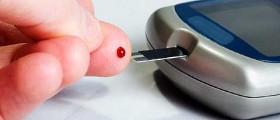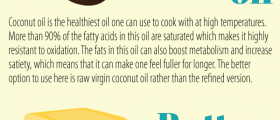
Basic information andindicator
Diabetes is acondition also known under the name of diabetesmellitus, which represents a group of metabolic related diseases that are characterized by inducing elevated blood sugar levels in a person due to theinability of the body to produce proper amounts of insulin. Another reason isalso that body cells, at times, have the tendency not to respond to the insulinthat is being produced by the body. Direct consequences of the elevated bloodsugar levels are such conditions as polyuria (i.e. too frequent urination),polydipsia (i.e. overt thirst), as well as polyphagia (i.e. to intense cravingfor food).
Types andcharacteristics
When it comes to theillness in question, one should make a clear distinction between three differenttypes. These are the following:
Type 1 diabetes – is the directconsequence of the inability of the body to produce proper amounts ofinsulin. For this reason, a person in question needs to inject insulin in orderto compensate for the lack of it. This type of diabetes is also known as theinsulin-independent diabetes mellitus.Type 2 diabetes – is the directconsequence of the resistance to insulin, which is the result of improper useof insulin by the body cells that is also quite often combined with absoluteinsulin deficiency. In addition, this type is also commonly referred to as thenon-insulin-dependent diabetes mellitus or adult-onset diabetes.
Aside from theaforementioned two most prominent types of diabetes, there also exist suchtypes as congenital diabetes (direct consequence of genetic defects of insulinsecretion), cystic fibrosis-related diabetes, as well as steroid diabetes(brought about by increased doses of glucocorticoids) and last but not theleast, various kinds of monogenic diabetes.
Diabetes or not?
When it comes to thetwo most distinct types of diabetes, type one and type two, the mostimportant thing to know is that they occur as a direct result of theincapability of the body to process sugar in the manner most proper. In comparison to thesetwo types, diabetes insipidus is a condition that is characterized by the body’sinability to process water in that same most proper manner and is also referredto as the water diabetes.
Important as well isto know that there exist four distinct varieties of diabetes insipidus as well,namely:
Neurogenic diabetes insipidus (consequenceof the lack of hormone vasopressin)Gestagenic diabetes insipidus(consequence of the destruction of vasopressin during pregnancy)Nephrogenic diabetes insipidus (consequenceof the inability of kidneys to concentrate urine most suitably)Dipsogenic diabetes insipidus (consequenceof the suppressive effect of overt intake of fluids on the effect ofvasopressin)

















Your thoughts on this
Loading...